Reviving a dying plant can seem daunting, but with the right steps, you can restore its health and vitality.
Here are 10 effective tips to help you nurture your ailing plant back to life.
1. Assess the Damage
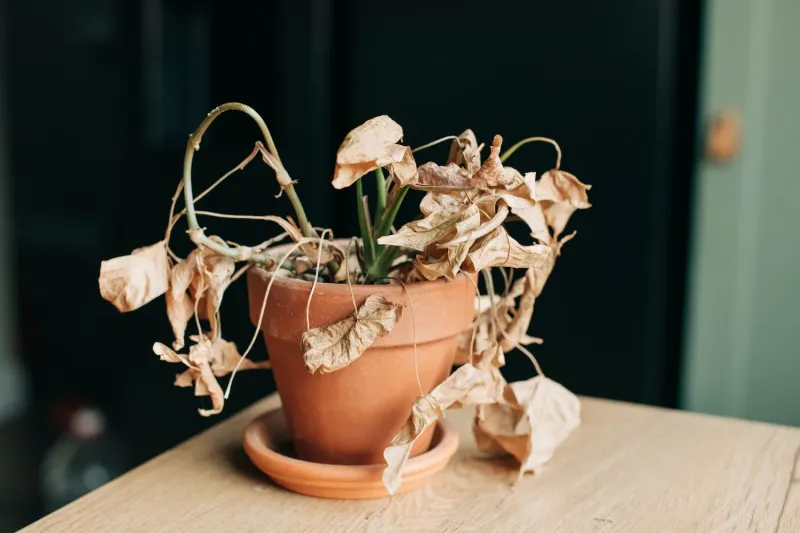
Start by assessing the damage. Examine leaves, stems, and roots for signs of distress. Understanding the extent of the problem helps tailor recovery efforts.
Look for discoloration, wilting, or unusual spots. Once you’ve identified these indicators, you can better determine the care your plant needs. It’s essential to be observant.
2. Check the Soil Moisture
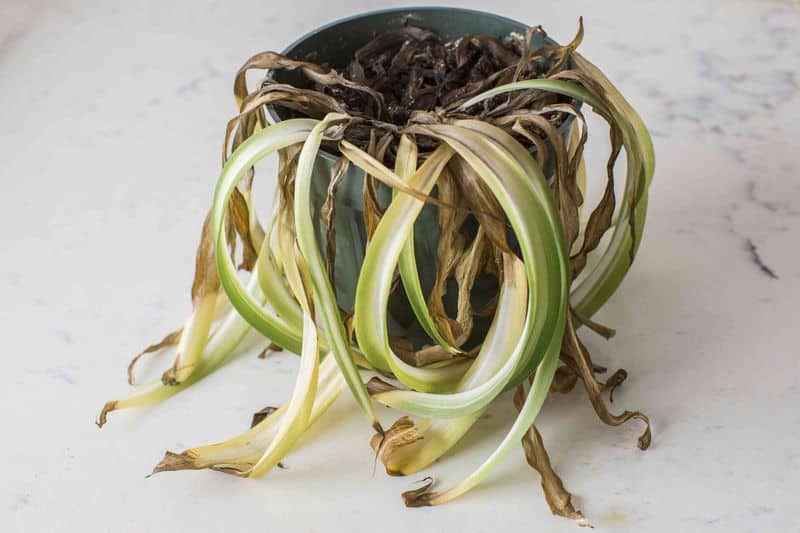
Soil moisture is crucial. Insert your finger or use a moisture meter. If the soil is dry, water the plant gradually. Avoid overwatering, as it can lead to root rot.
Consistently checking moisture helps maintain balance. Adapting your watering routine ensures your plant receives adequate hydration without stress.
3. Prune Dead Parts
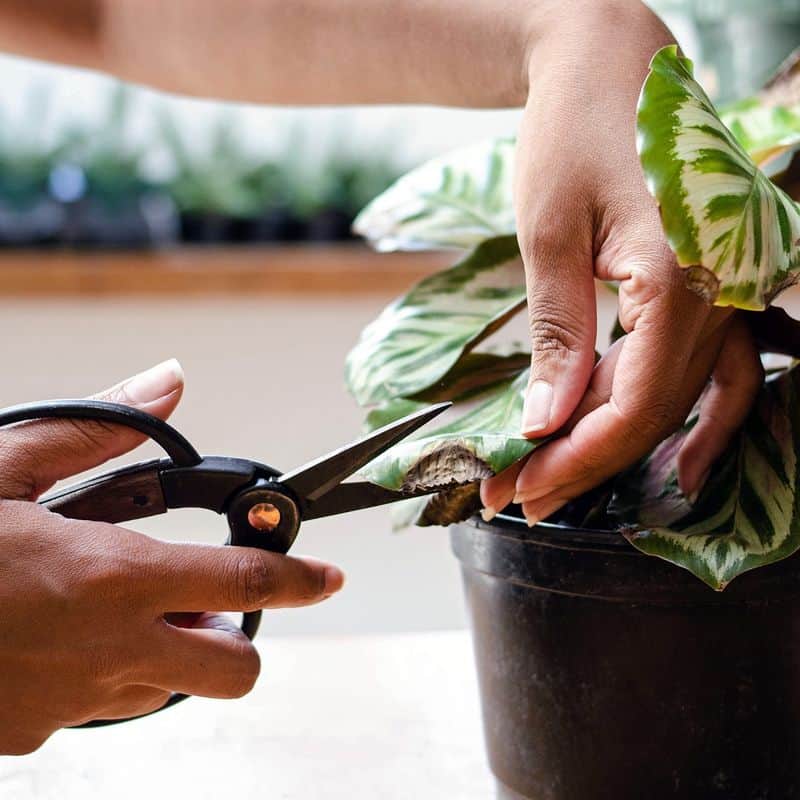
Pruning removes dead leaves and branches, allowing new growth. Use clean shears to prevent disease spread. Focus on areas that won’t recover.
This encourages energy transfer to healthy parts. Regular pruning revitalizes a plant’s appearance and health. Remember, a little snip here and there works wonders.
4. Repot if Necessary
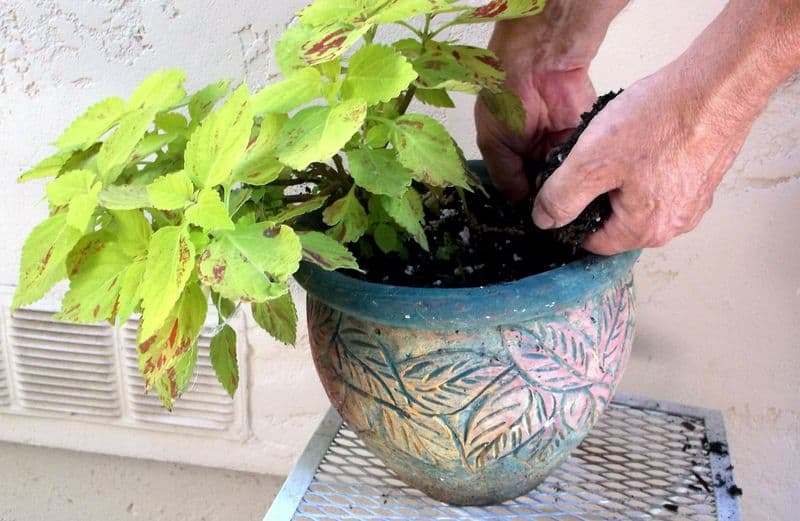
Repotting can be transformative. If roots are cramped or soil is depleted, a new pot with fresh soil aids recovery. Gently loosen roots during transfer.
Choose a pot slightly larger than the current one. This provides space for root expansion, boosting nutrient absorption and overall plant health.
5. Adjust Light Conditions
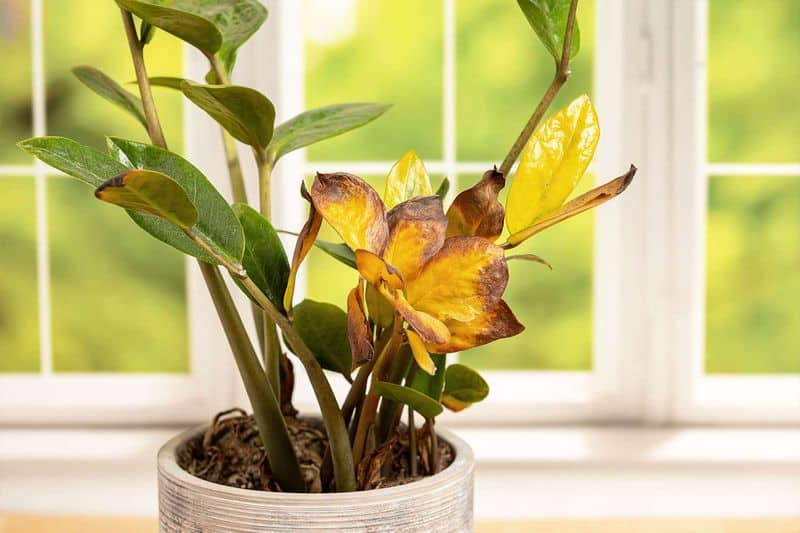
Lighting affects plant health. So, evaluate the current light exposure. Shift the plant to a brighter or shadier spot if needed.
Different plants require specific light levels. Adjustments might involve curtains, blinds, or moving the plant entirely. Proper lighting supports photosynthesis, enhancing vitality and growth.
6. Fertilize Appropriately
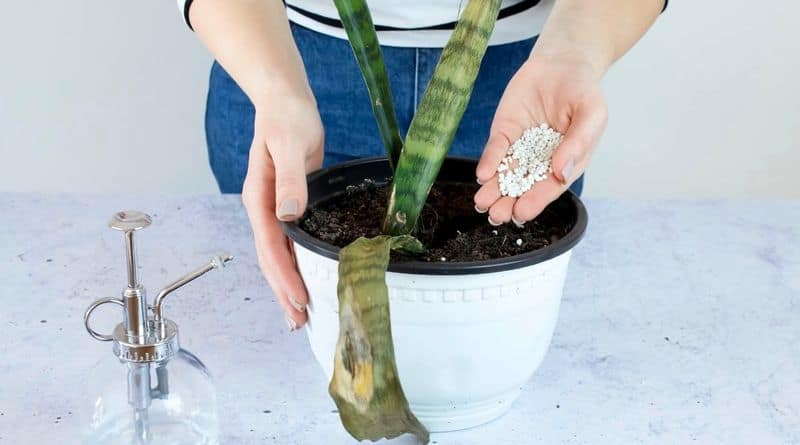
Nutrients are vital, so make sure to use a balanced fertilizer suited for your plant type. Apply sparingly to avoid over-fertilization. This boosts growth and replenishes essential elements.
Follow instructions for best results. Regular feeding supports strong, vibrant growth. Adjust the frequency based on seasonal needs and plant response.
7. Monitor Temperature
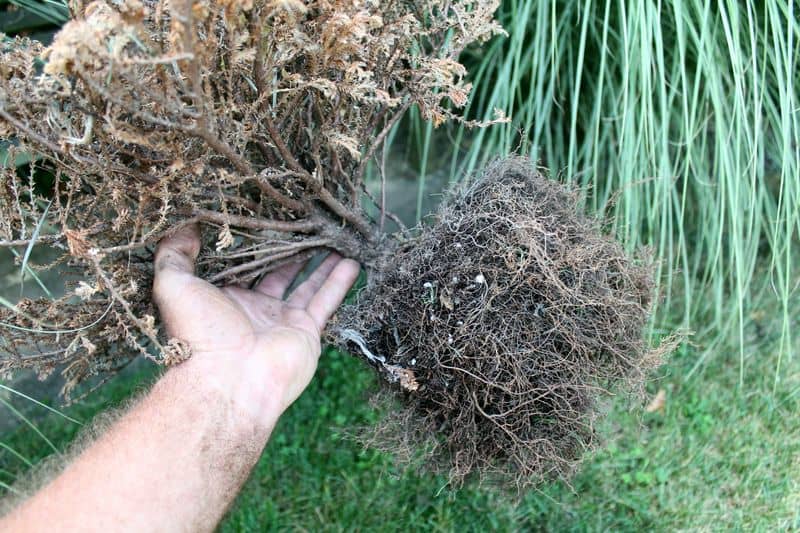
Temperature influences plant health. Ensure your plant is in an environment with stable, suitable temperatures.
Extremes can harm growth. Indoor plants typically thrive between 65-75°F. Adjust heating or cooling as necessary. Temperature consistency enables plants to focus on growth rather than survival.
8. Combat Pests

Pests can wreak havoc, and it is crucial to inspect plant surfaces regularly for insects. Use natural remedies or insecticidal soap. Be persistent in treatments.
You’ll notice improved plant health and appearance. Addressing pest issues promptly prevents further damage, but maintaining a pest-free environment is key to recovery.
9. Provide Humidity
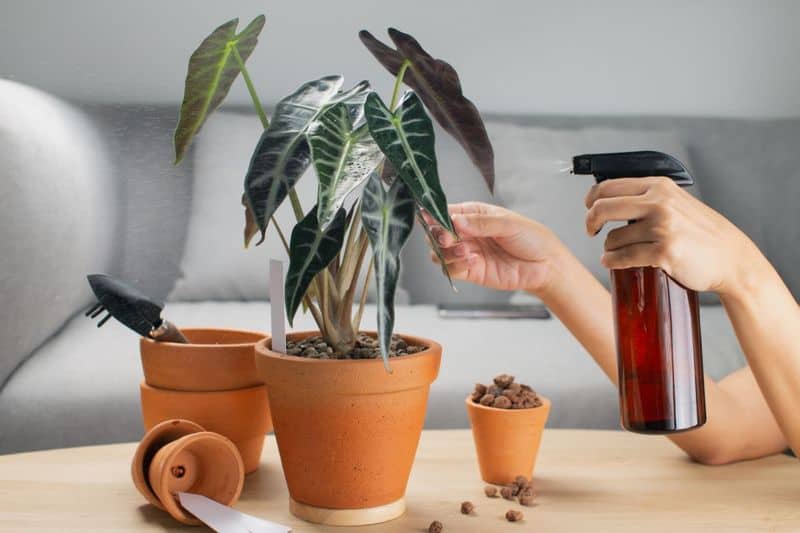
Humidity benefits many plants. Increase levels by misting or using a humidifier. Grouping plants can create a microclimate, and it’s especially beneficial for tropical species.
Adjust based on plant type, and remember: proper humidity prevents leaf browning and curling. A well-humidified environment promotes lush, vibrant growth.
10. Practice Patience
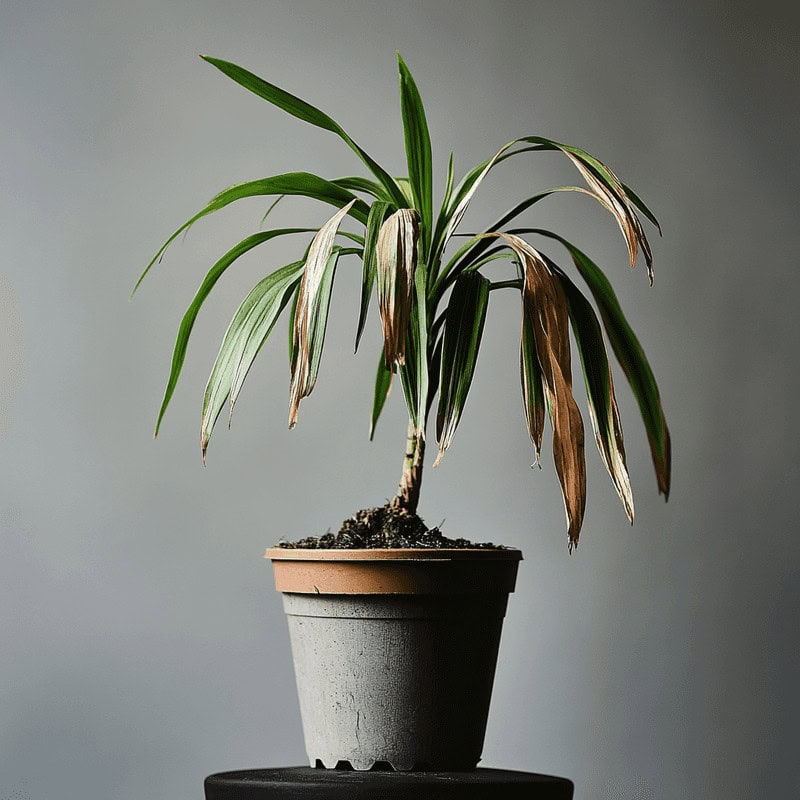
Recovery takes time. Be patient and consistent with care. Observe gradual improvements rather than immediate results. Celebrate small victories in plant health.
Consistent efforts lead to revitalization. Patience allows your plant the time needed to adjust and thrive. It’s a rewarding journey worth the wait.

